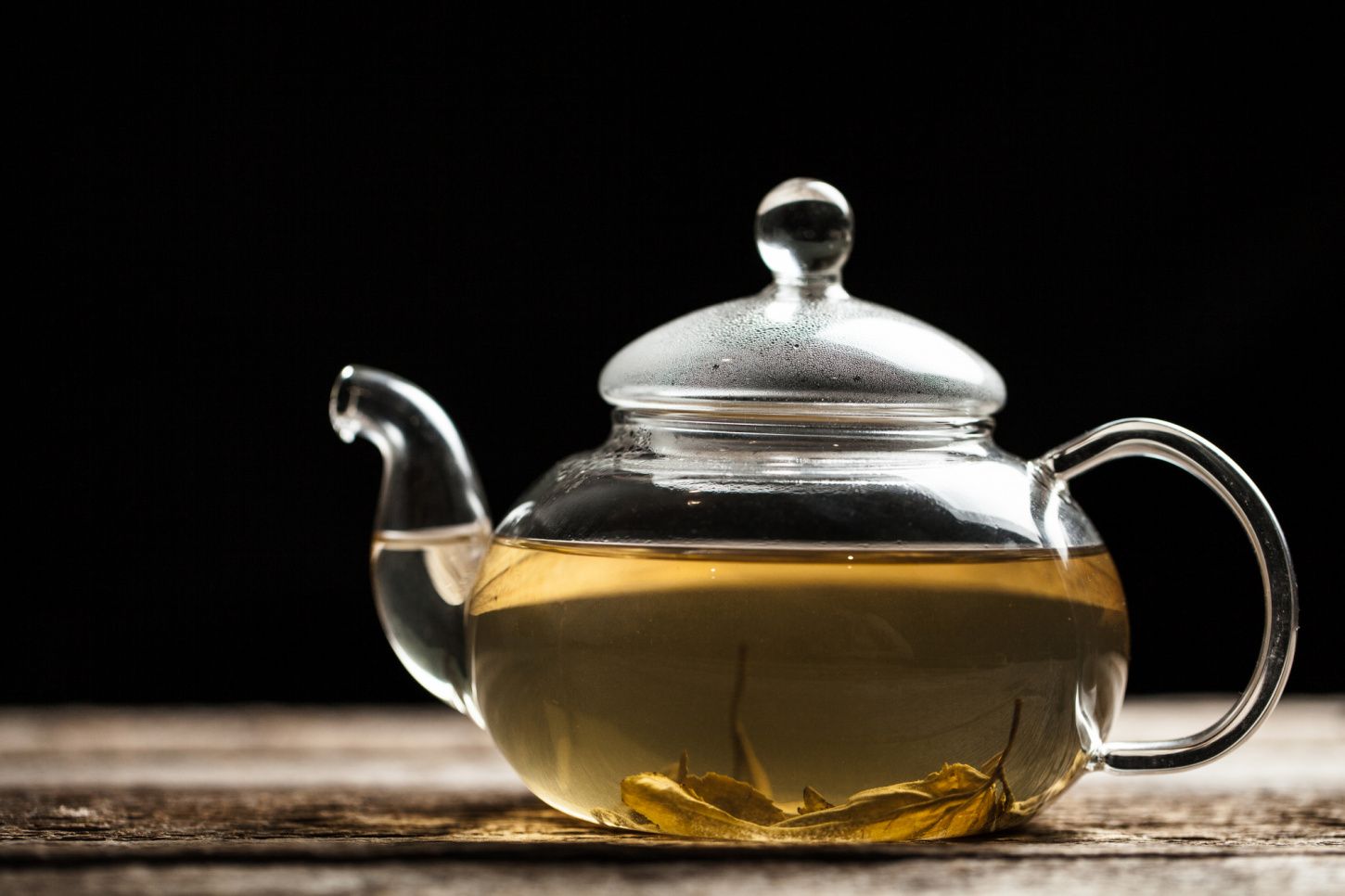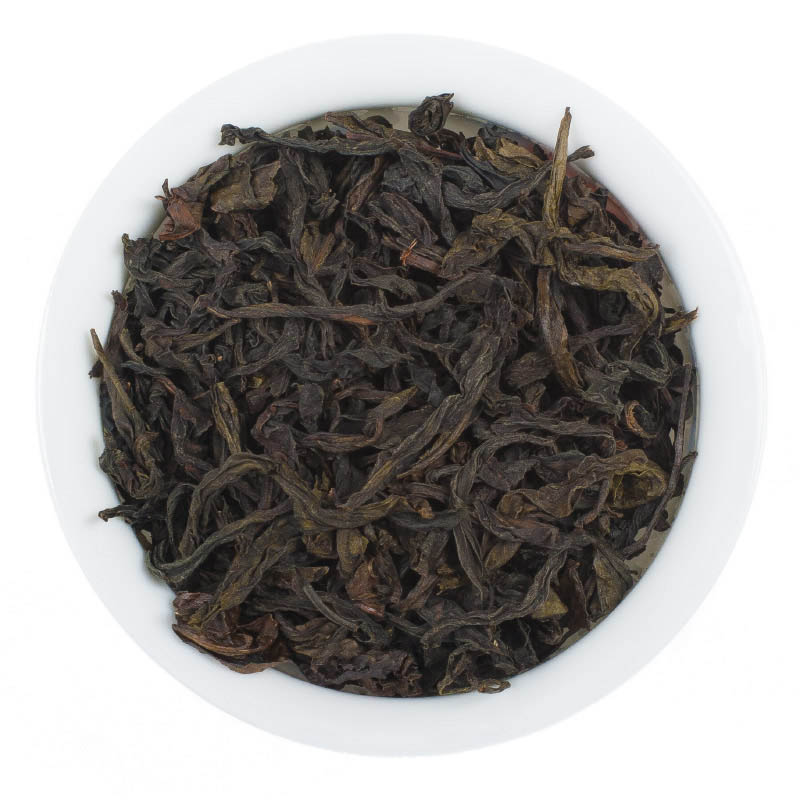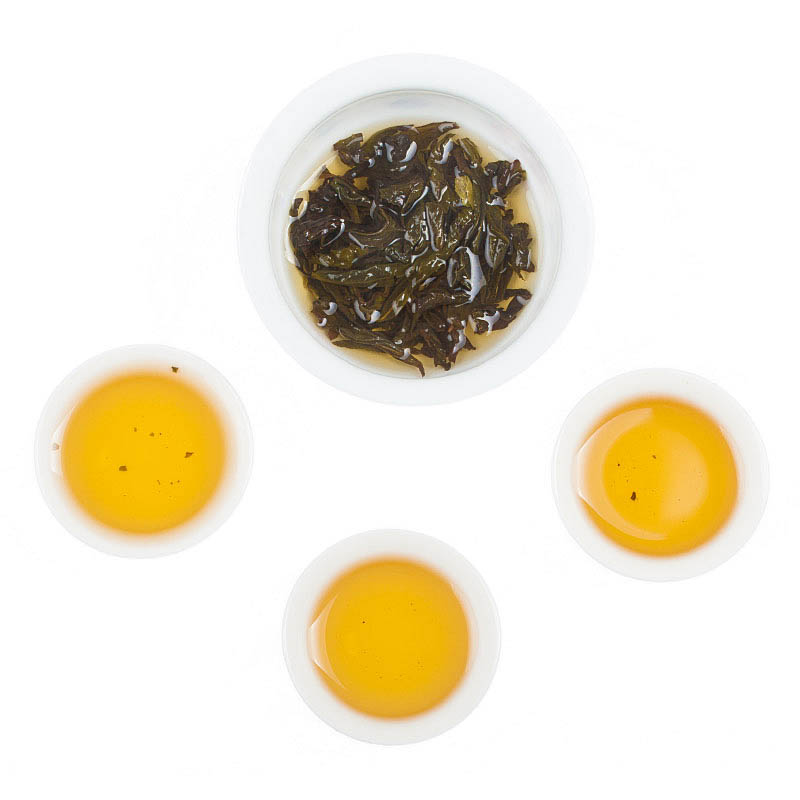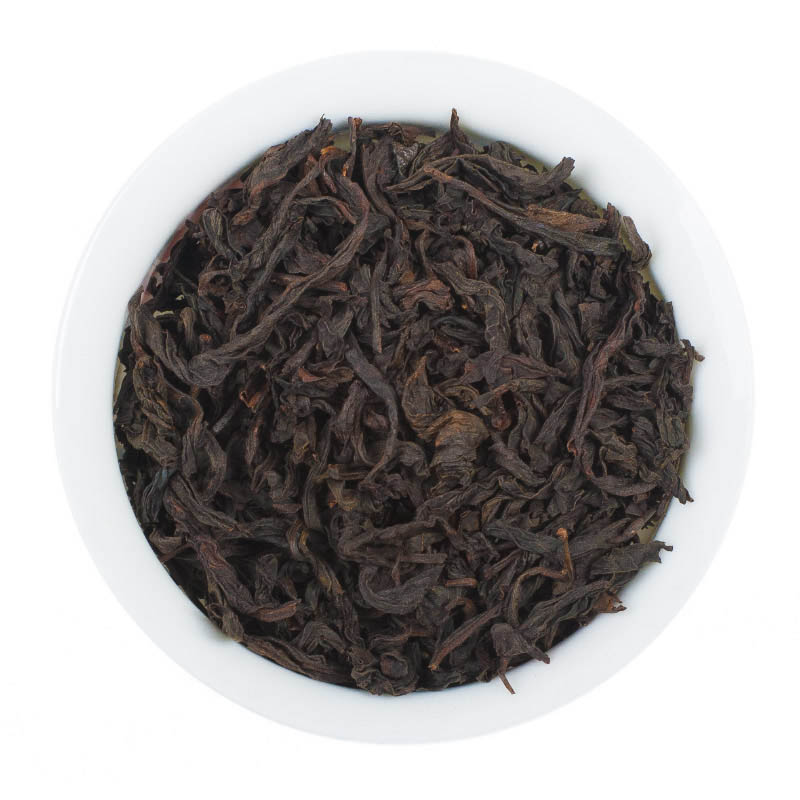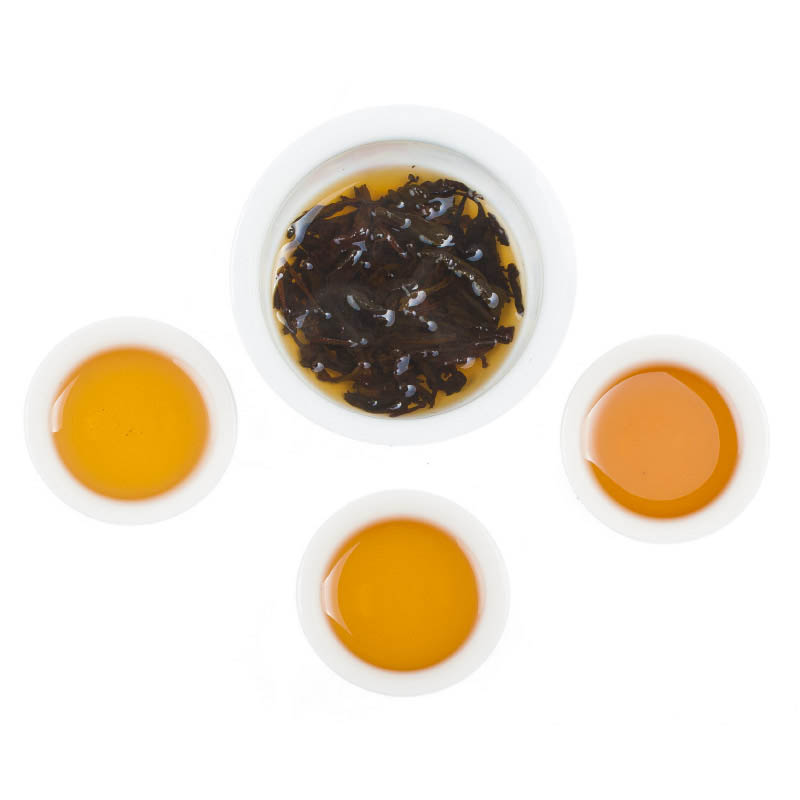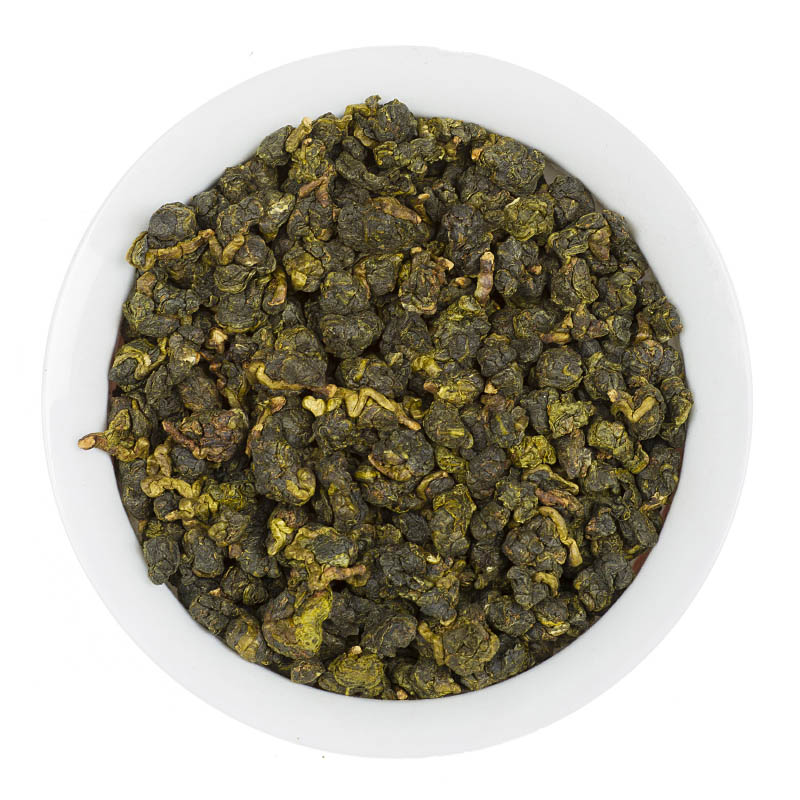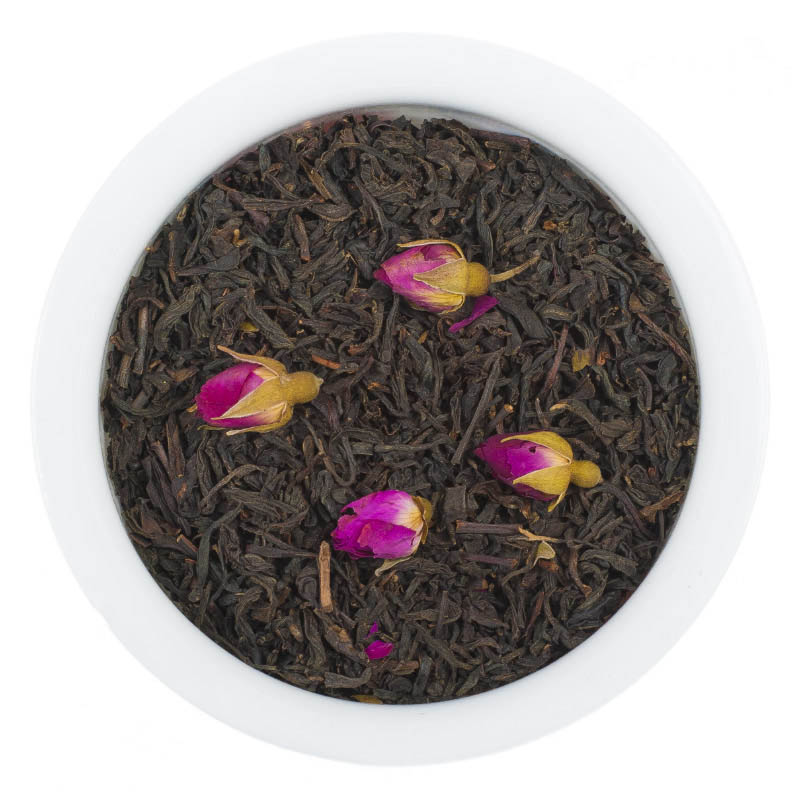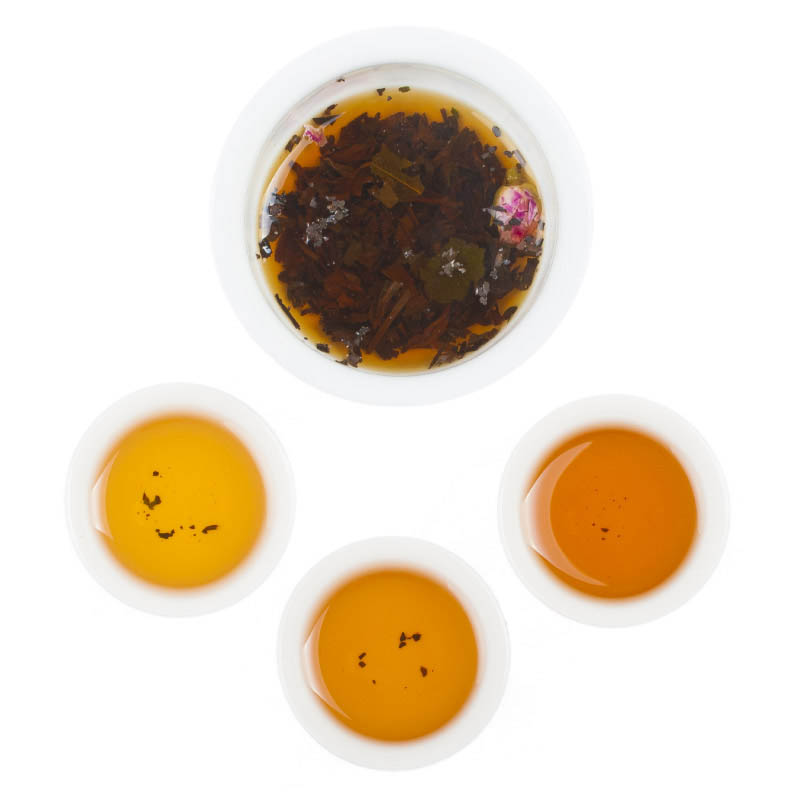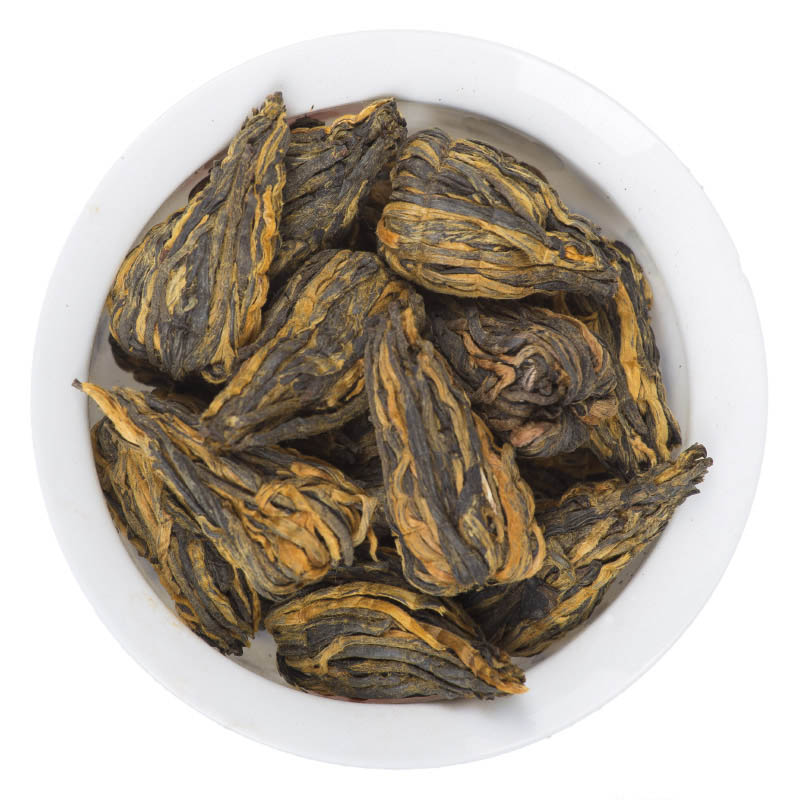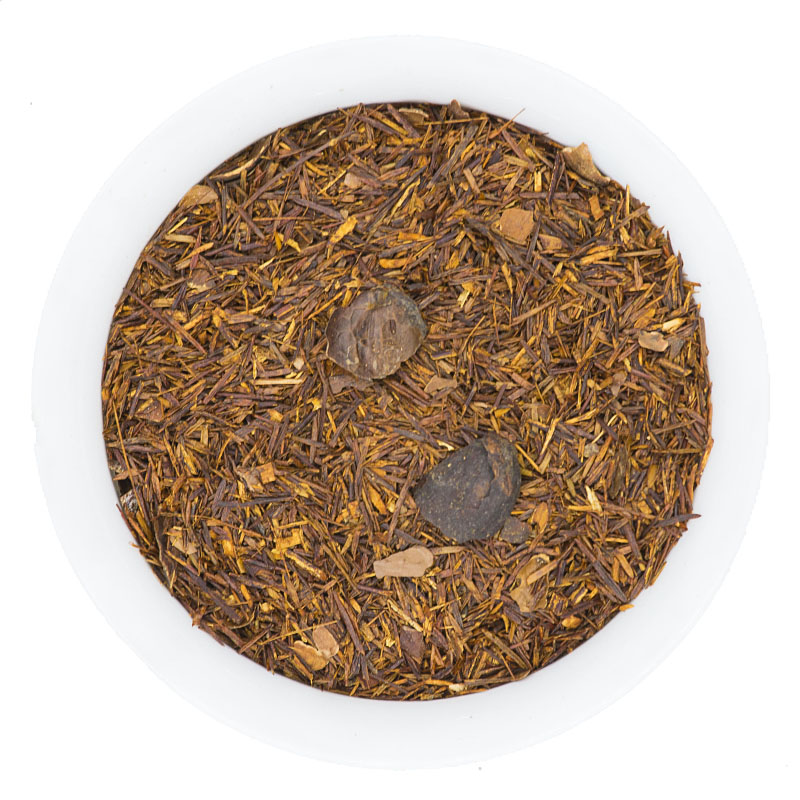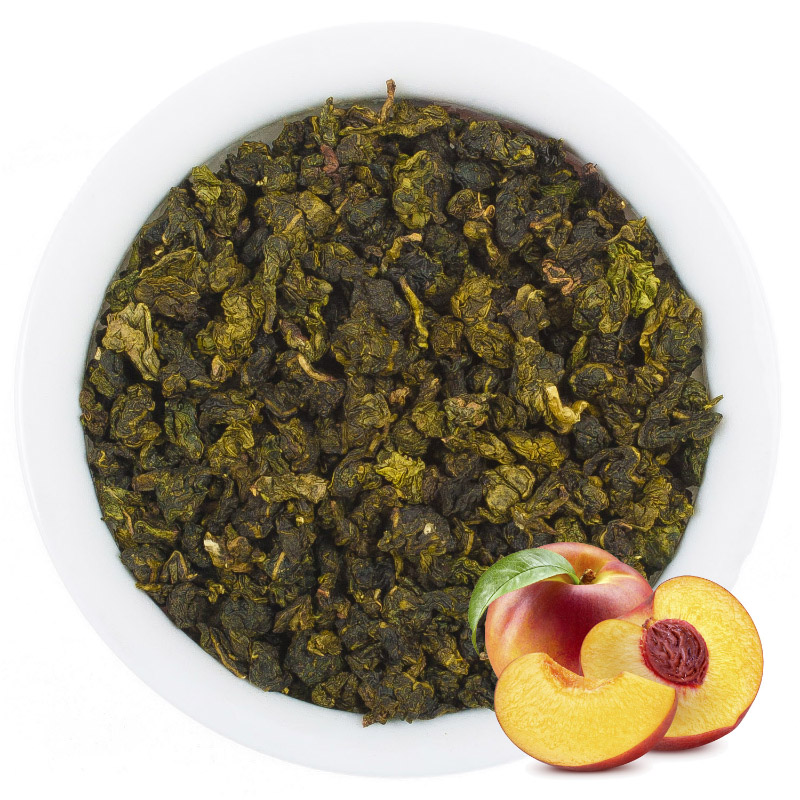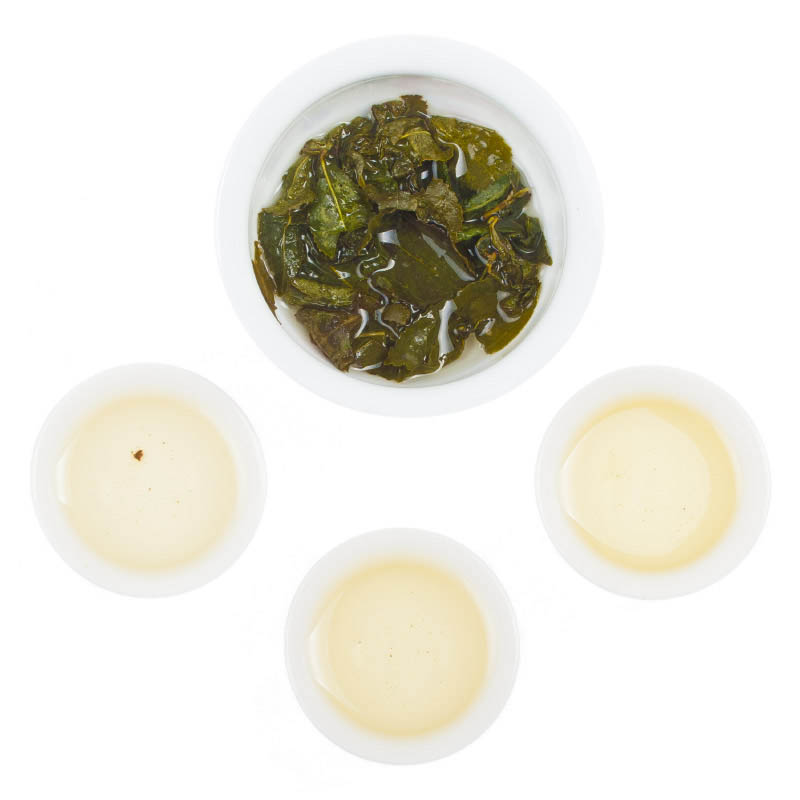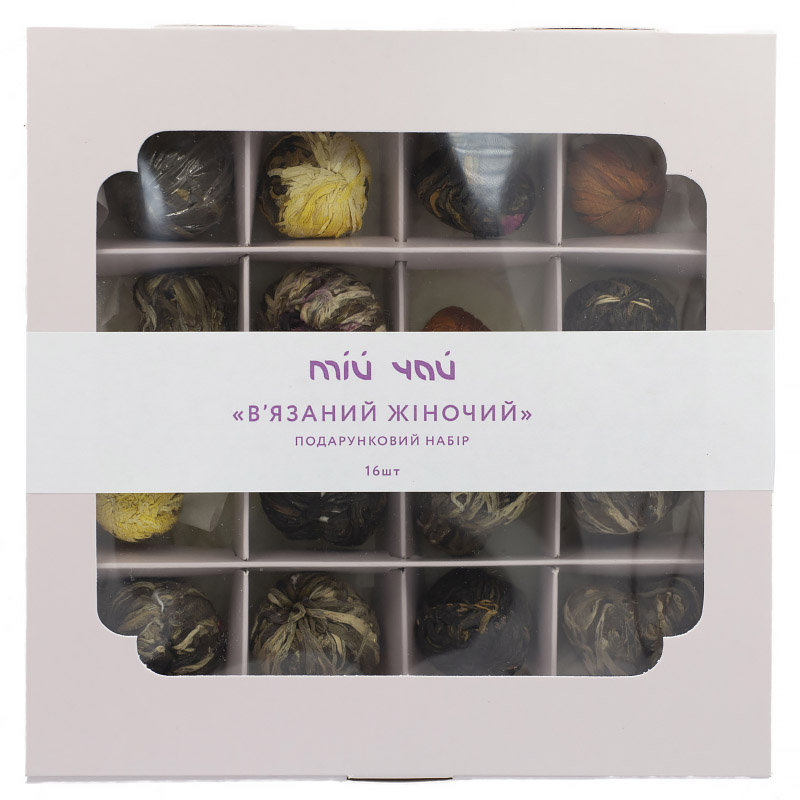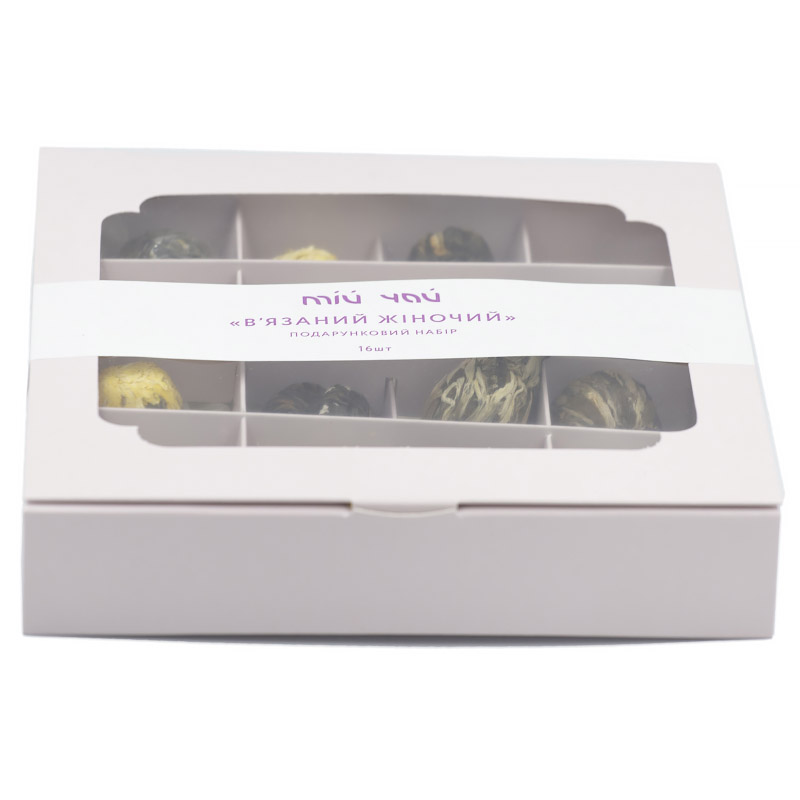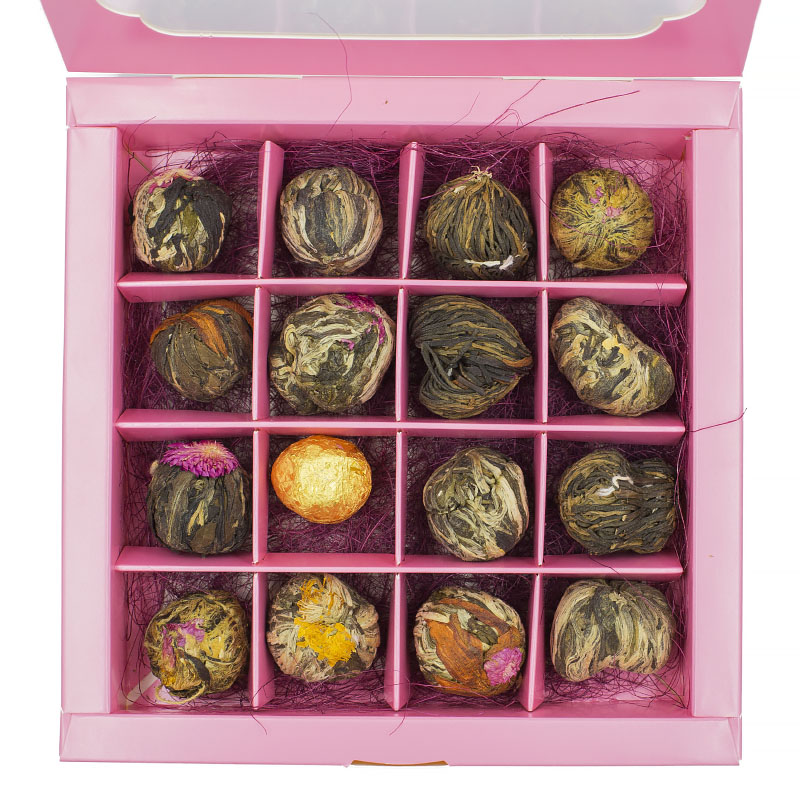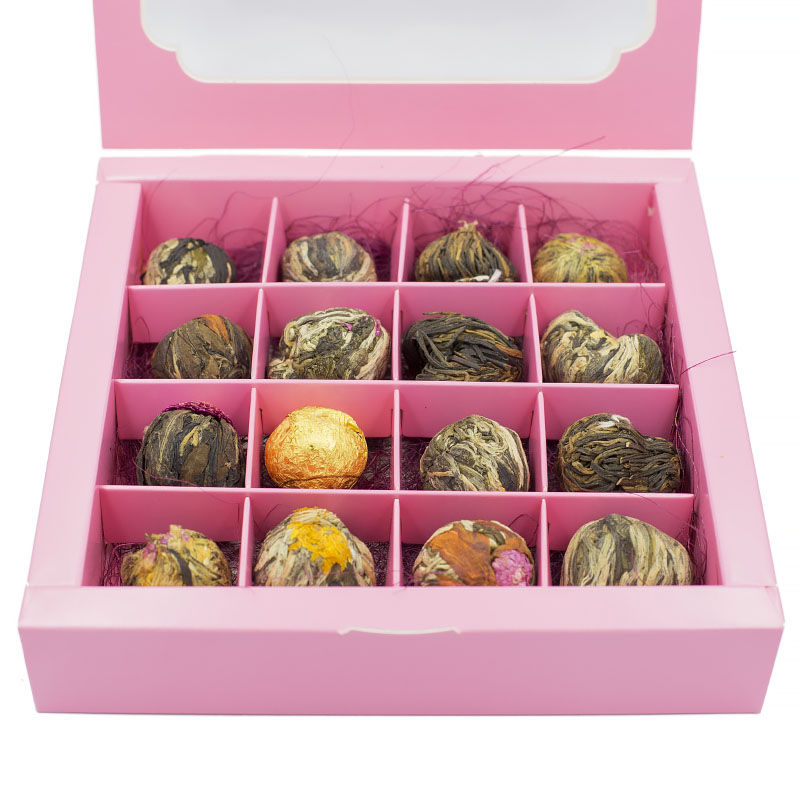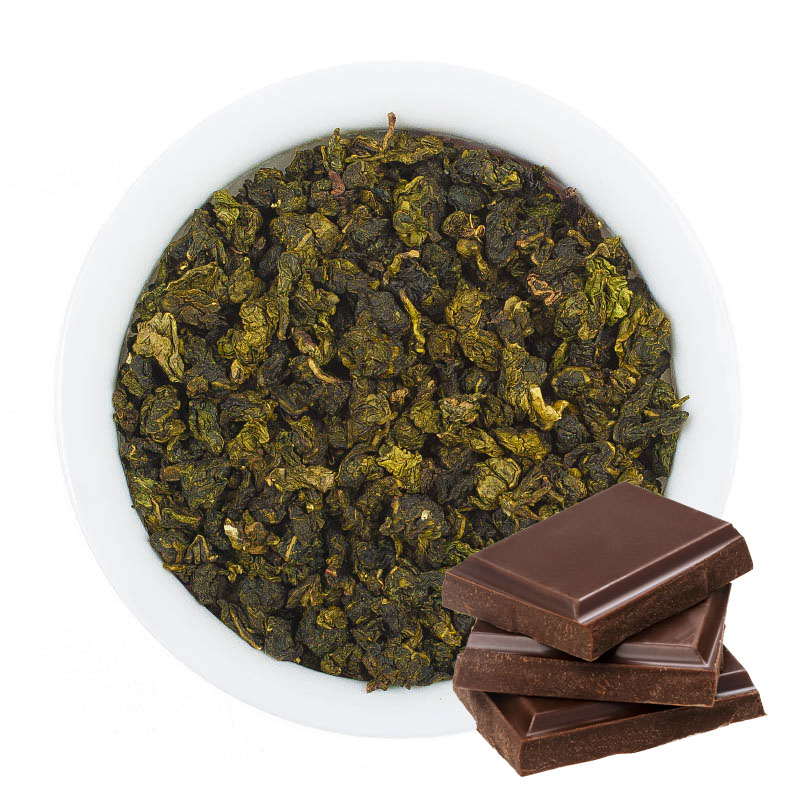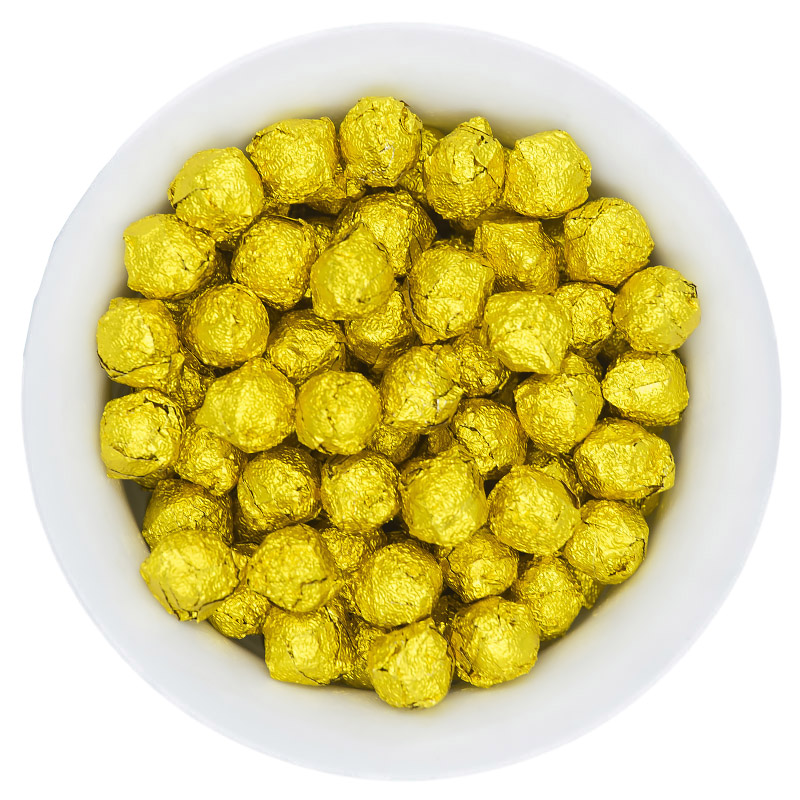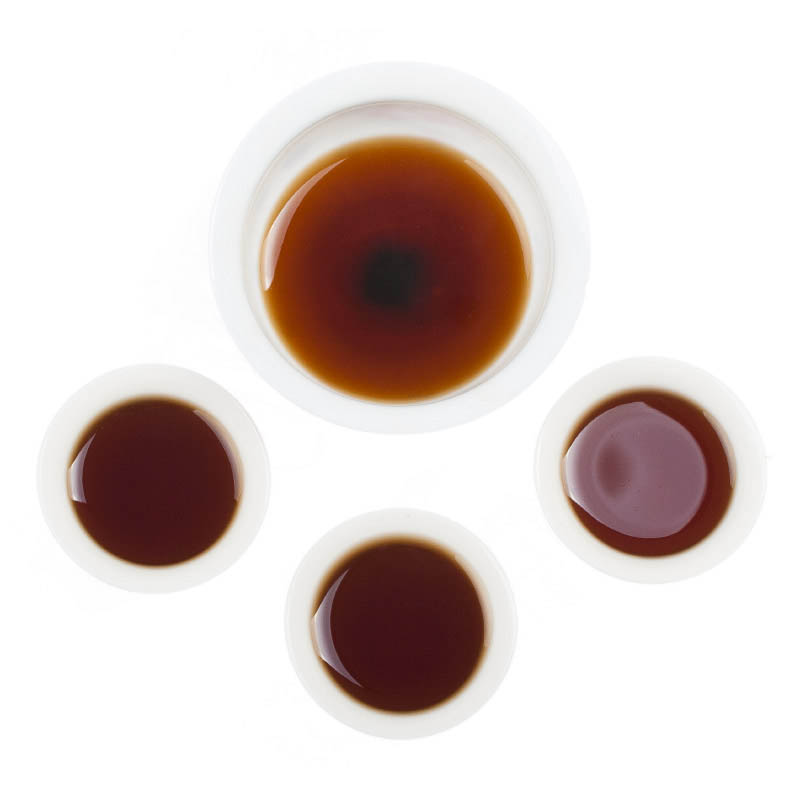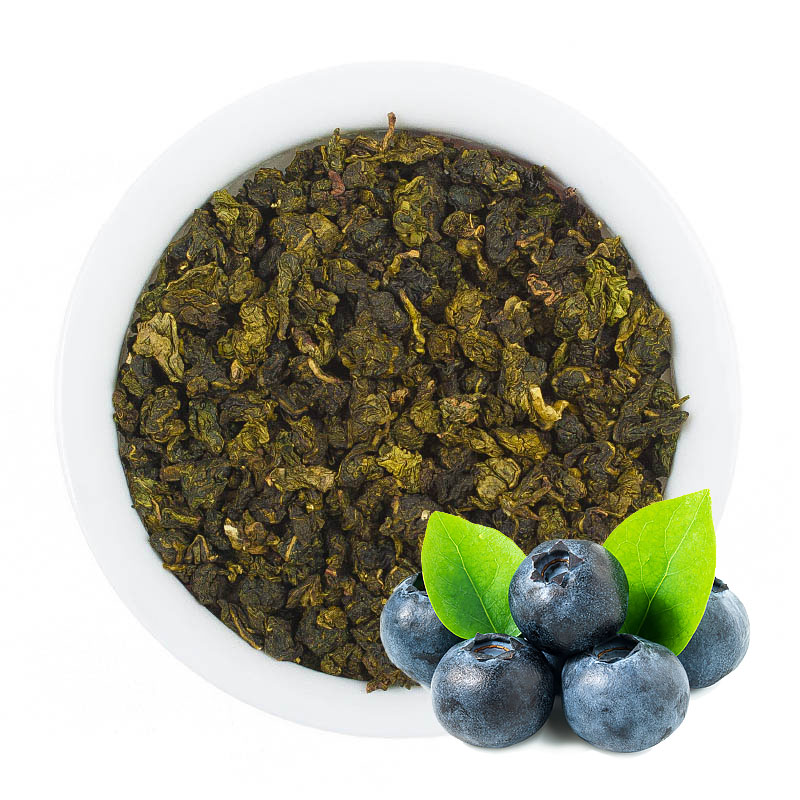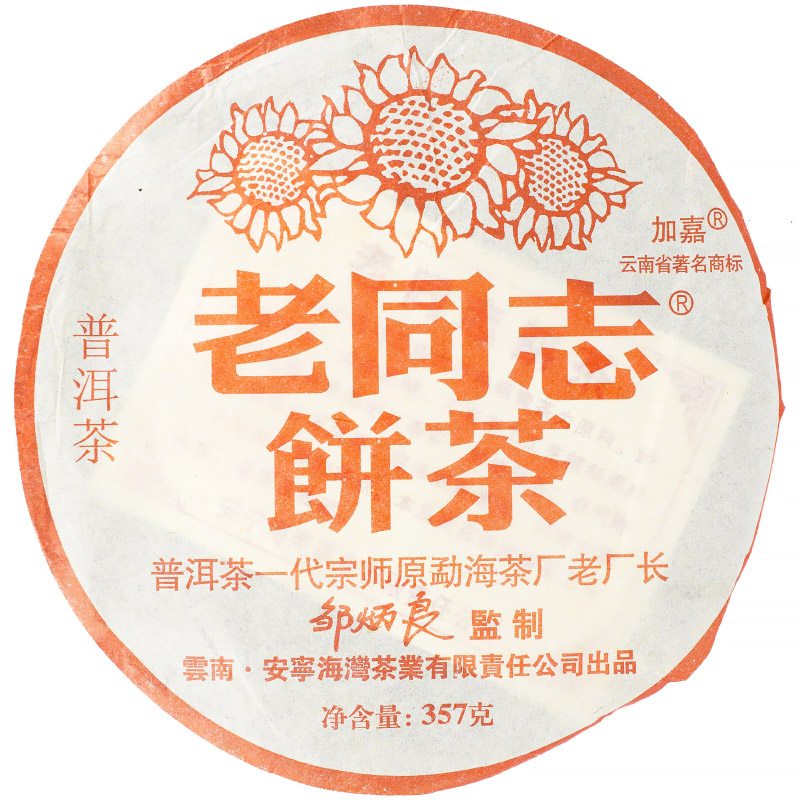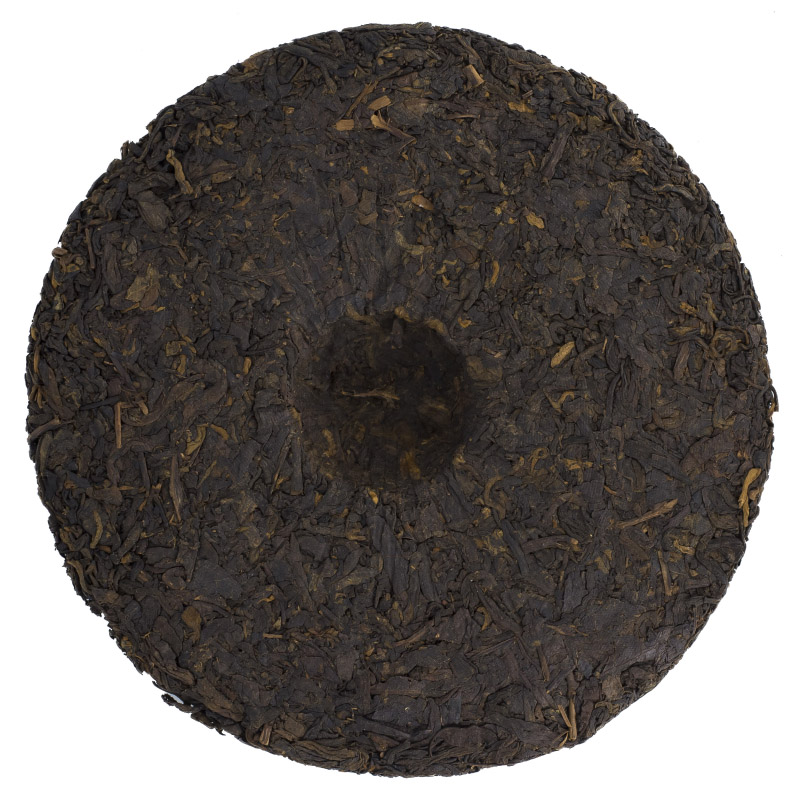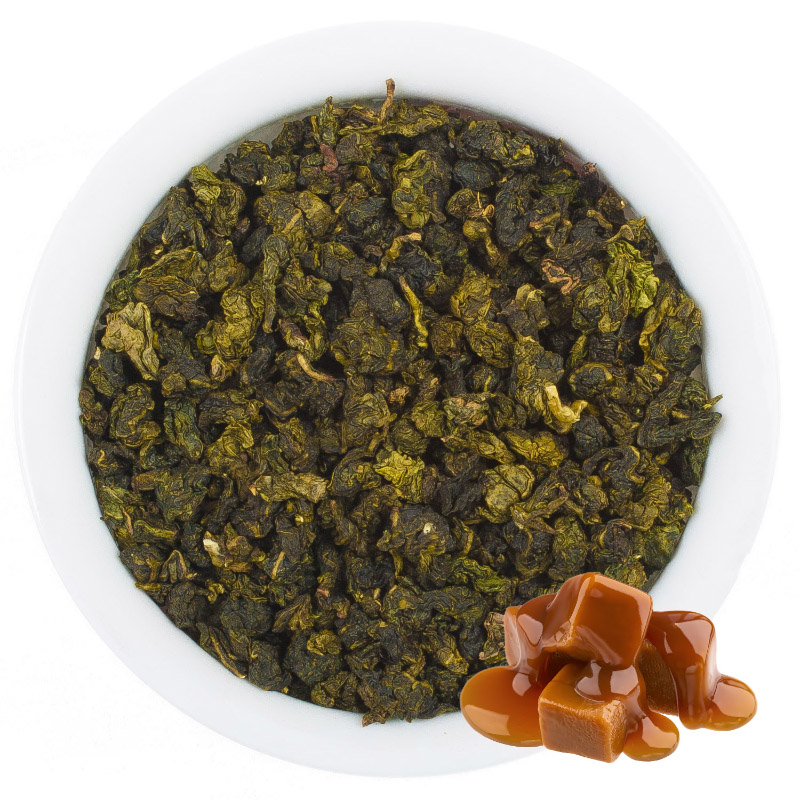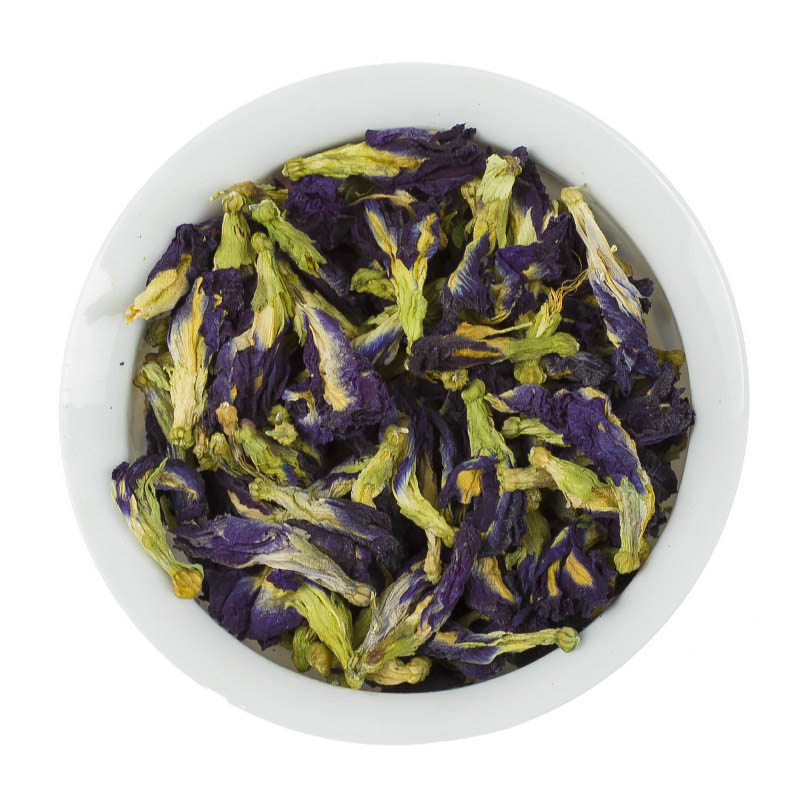How to properly brew red Chinese tea?
First, let’s clear up the confusion: in China, the name “red” Chinese teas refers to the varieties called “black” teas in Europe, which produce a clear reddish-brown infusion. If you want to ask a Chinese person how to brew black tea correctly, you need to say “red” instead of “black.” Otherwise, they won’t understand what you mean. In China, more attention is paid to the color of the infusion rather than the tone of the raw leaves. When we see “black Chinese tea” on labels here, it’s fundamentally incorrect. Only in specialized stores, like “Miy Chai,” will you find the proper names.
Red varieties (heavily fermented) are powerful natural antioxidants that effectively neutralize free radicals. Infusions from this exotic raw material support immunity and protect the body against cancer. The caffeine in the tea leaves energizes without overstimulating the nervous system. The list of benefits of red Chinese tea is vast. But that’s another story…
Red Chinese tea is appreciated by connoisseurs of tasty and aromatic tea! It is one of the best beverages with a delicate yet rich and deep flavor, accompanied by fruity-floral aromas and a pleasant aftertaste.
How to properly brew red Chinese tea and how many times can you brew it?
There are actually two ways to brew this aromatic drink made from heavily fermented leaves: steeping and the pouring method. As a result, these teas acquire a deep flavor with floral and fruity aromas.
1st method: steeping
When a beginner asks how to brew red Chinese tea, they are advised to use the steeping method. This doesn’t mean the pouring method is complicated for beginners — it’s just more formal, ceremonial, and not for everyday use.
In both cases, the key role is played by the brewing teapot or gaiwan (used skillfully by tea professionals). Which material is best for preparing a tasty, beautiful, and aromatic drink?
- If you want to fully enjoy the beauty of the reddish-brown infusion and get aesthetic pleasure, brew the red tea in a glass teapot. The shades of the infusion and the unfolding of tea leaves will be clearly visible.
- Porcelain (faience) vessels are often used. They are considered universal, retain heat well, and do not absorb odors. Perfect for any tea variety.
- Yixing clay is undoubtedly preferred, as its pores allow air to pass through, letting the tea “breathe.” This positively affects the taste. However, with each brewing, the teapot walls absorb essential oils and transfer their aroma to subsequent brews, making the flavor richer, brighter, and more original. The taste becomes softer and deeper. This uniqueness also means a Yixing clay teapot is usually dedicated to one type of tea — brewing another kind in it will cause loss of natural flavor and aroma (the clay will give off previous notes).
Water plays an equally important role as the vessel’s material. For optimal taste, soft, clean water without additional flavor or aroma impurities is needed. Otherwise, the tea won’t have the desired result. Traditionally, spring water was used in China, but for us, that’s a luxury, so purified (filtered or bottled) water with mineralization no more than 300 mg/L is sufficient.
How to brew red tea?
- First, rinse the vessel with boiling water.
- Place dry tea leaves at a ratio of 1 teaspoon per 250 g of water.
- Pour boiling water and immediately pour it out — the first water cleans the leaves from dust and small impurities.
- Pour water again to fill 1/4 of the vessel. Steep for 1-2 minutes. Water temperature 95-100°C.
- Then fill the teapot completely with water.
- Steep for up to 2 minutes and pour into cups (or small bowls).
In the evening, total steeping time should not exceed 3 minutes as the drink is stimulating and may affect sleep negatively.
2nd method: pouring
The pouring method is interesting to Ukrainians. It has an oriental spirit, exoticism, and uniqueness. It can be used among friends to show your love for Eastern tea traditions, allowing not only relaxation and intake of beneficial substances but also immersion into calm, no fuss, positive mood…
So, pouring method: if tea drinking involves 2-3 people, use a small teapot (up to 250 ml) and miniature cups. The teapot is first rinsed with boiling water. Tea is added — 4 to 8 grams depending on the tea variety. The key point: the tea is not steeped. You use a lot of tea leaves and little water, so the tea brews instantly. Pour water — almost boiling (not less than 95°C) — and after 3-5 seconds, pour all the infusion into a “cha hai” — a small pitcher for draining brewed tea. Then pour the drink into cups. You can brew several times in a row until the leaves fully give up flavor and aroma. Some varieties withstand 12-14 brews. It depends on the tea and taste preferences.
How to brew milk red tea?
Milk red tea is a unique drink that helps restore vigor and strength. Despite the variety of elite teas in China, it holds a worthy place and is valued for its taste, aroma, and healing properties. It grows in Yunnan province. Its production uses leaves only from mature bushes, which undergo strong fermentation. The uniqueness of milk red tea lies in its amazing creamy-milky flavor and aftertaste. In its velvety aroma, you can catch notes of milk, honey, and chocolate. Impressive, isn’t it? It brews traditionally: 1 teaspoon per 250 ml hot water at 95-100°C. Brewing time no more than 3 minutes. Leaves withstand up to 3 brews.
How to brew Chinese red tea with ginger?
Ginger is a unique plant known for many healing properties, which deserve a separate article. In our country, it is famous for two benefits — strengthening immunity and aiding active weight loss.
Ginger combined with red tea produces a stunning effect — the tea not only warmly comforts in winter but also quenches thirst well in summer. It also effectively burns calories and improves immune function.
How to prepare: add 1/2 teaspoon of grated ginger to red Chinese tea brewed by one of the above methods. Keep in mind that ginger overpowers the tea aroma, but the taste and benefits are excellent! This combination is recommended after meals.
Contraindications: ginger literally “speeds up” blood flow, so this combination is prohibited during pregnancy, fever, and bleeding.
How to brew Yunnan red tea with stevia?
Stevia, or “honey herb,” is a perennial plant with a sweet taste. Since ancient times, it has been known to healers and doctors. Today, it is a great sugar substitute with many beneficial properties. Stevia is recommended for people with excess weight and diabetes.
To prepare this blend, add 1/2 teaspoon of dry stevia herb together with the dry tea leaves into the teapot. The tea gains sweetness without harming the body.
Don’t be skeptical about the rules for brewing red Chinese tea. They are proven by centuries and billions of people. If you want to truly get a tasty, aromatic, and valuable drink, follow the correct brewing norms — and the tea will give you everything it has!
